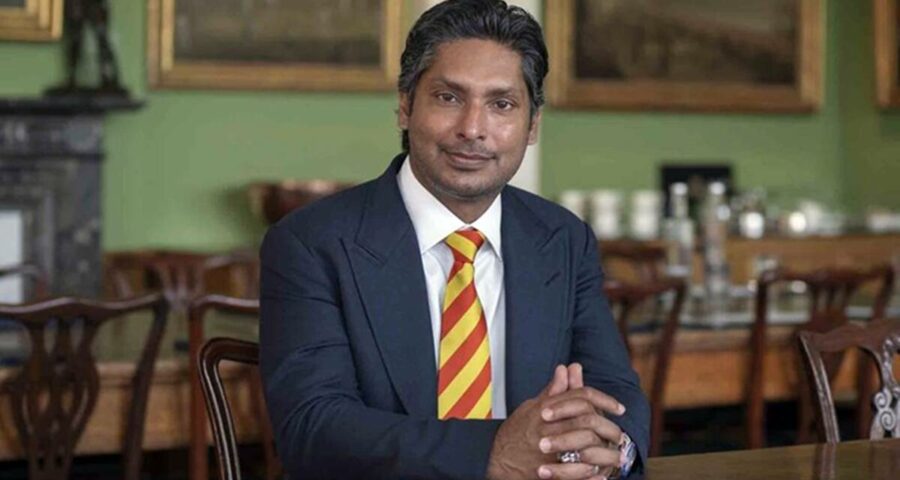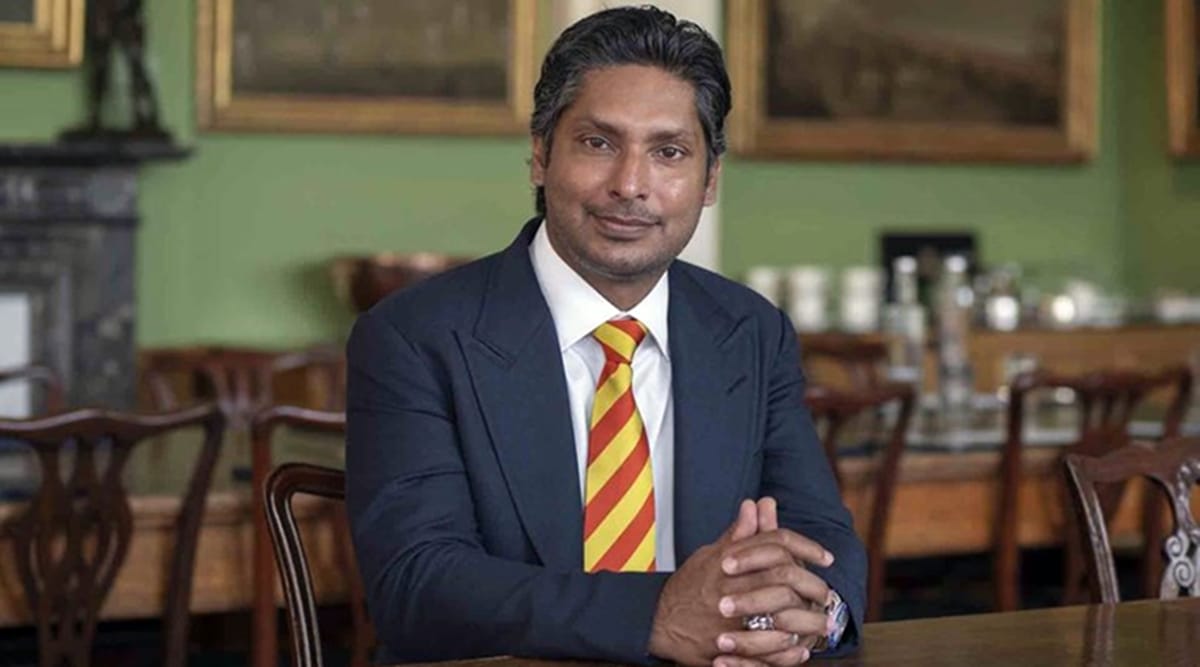Marylebone Cricket Club president says suggestion of banning short ball in junior cricket unwise even as lawmakers of the game discuss its future
Kumar Sangakkara, president of the Marylebone Cricket Club (MCC), insists the bouncer remains an integral part in a fast bowler’s armoury, and outlawing it will not guarantee players’ safety.
The former Sri Lankan captain’s comments assumed significance because it comes at a time when MCC, responsible for framing rules governing the game, have already begun a consultation process to discuss whether bowlers should be permitted to bowl short-pitched deliveries.
“Cricket is a sport that requires courage, so it’s not just the bumper that at times poses danger to players. The pace of the cricket ball is such that you can get hit on various parts of the body and can cause damage. So, I’m not really sure whether taking the bouncer away from cricket will improve players’ safety. I think it is a critical part of the game, one that allows a specific type of challenge between batsmen and bowlers,” the batting legend, who joined Rajasthan Royals ahead of this IPL season as director of cricket, observed.
The tragic death of Australian batsman Phillip Hughes after being hit by a Sean Abbott bouncer during a domestic match six years ago was the trigger that initiated a debate on players’ safety protocols.
The MCC review was prompted when Steve Smith suffered a concussion after being hit on the head by a Jofra Archer bouncer in the 2019 Ashes. Young Australian Test opener Will Pucovski was concussed after getting hit by Indian pacer Kartik Tyagi last year.
Mike Atherton, former England captain, and one of the most authoritative voices in international cricket called for the balance to be maintained between ball and bat.
“Will Pucovski’s latest concussion is a reminder that the game carries risk; that a short ball can be dangerous; that not every short ball need represent an opportunity to score; and that batsmen must give some thought again as to how they best combat that problem. The answer is not to outlaw the bouncer, but to undertake a recalibration of how some batsmen can best counter it. The Pucovski problem can start that conversation anew,” Atherton wrote in The Australian.
For long, the bouncer — which provided a stern challenge to batsmen —- has showcased some of the most exciting sessions in cricket. With time, the number of bouncers allowed has reduced considerably —from limitless to the current specification of allowing two in Tests and one in shorter formats per over.
“It adds a different dimension and an exciting dynamic to the challenge of facing a fast bowler. It also gives the bowler options in terms of how he can make other deliveries useful. Forget the sense of thrill. It’s the competition and the dynamic that it provides to the game,” the MCC president offered.
Recently, concussion specialist Michael Turner, the media director of the International Concussion and Head Injury Research Foundation, had urged authorities to consider banning the use of bouncers against players below the age of 18 in order to limit long-term complications.
Sangakkara reckoned such a blanket ban could potentially have serious ramifications. “You have to be careful that if you take it away from junior cricket, then when a player progresses he/she will have absolutely no idea on how to play the short-pitched delivery.”
Modern-day demands
Why are so many batsmen getting hit on the helmet by the short-pitched deliveries? It’s a question that’s piqued the interest levels of fans and pundits in equal measure. Former India opener Sunil Gavaskar suggested the front press trigger movement as the reason. Sangakkara offered his views. “I think it is the modern day demands of batsmen having to take on the fast bowlers more often to score runs off deliveries that batsmen in the past would have ducked or let it pass.”
Another reason cited by Sangakkara is the amount of analysis that teams generally do on opposition players. “If a batsman shows that he is susceptible to short-pitched bowling, bowlers tend to target him.”
Sangakkara explained how the ICC was supporting manufacturers so as to achieve a standardisation in equipment that meets international standards. “The ICC is conducting research and doing all that they can to support manufacturers, because standardisation of cricketing equipment is vital,” he added.
Source: Read Full Article


